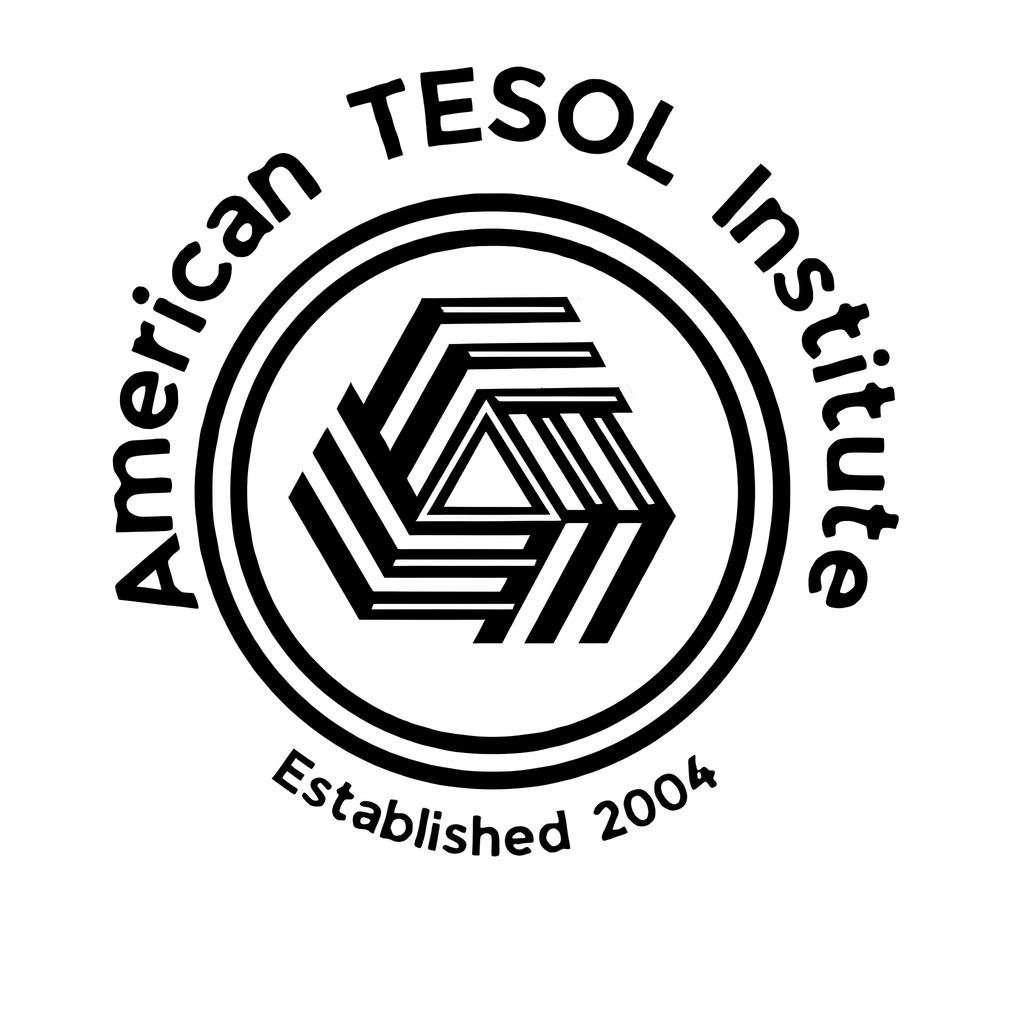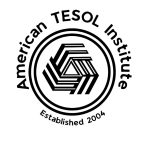In today’s digital age, teaching students how to navigate the online world responsibly is more important than ever. Digital citizenship encompasses the skills, behaviors, and knowledge required to use technology safely, ethically, and effectively. For TESOL teachers, addressing digital citizenship presents unique challenges, particularly when teaching students from diverse cultural and linguistic backgrounds. This article explores the primary challenges teachers face and offers strategies to address them in the classroom.
What is Digital Citizenship?
Digital citizenship refers to the ability to engage positively, critically, and competently in the online world. It includes understanding topics like online privacy, cyberbullying, digital literacy, intellectual property rights, and social responsibility. For language learners, mastering these concepts not only fosters safe technology use but also builds essential language skills for the digital age.
Key Challenges Teachers Face
- Developing Online Proficiency Across Varied Skill Levels
Language learners may have varying degrees of digital literacy. Some may be adept at using social media but lack the skills to identify credible online sources or navigate online learning platforms.Solution: Start with basic lessons on navigating online tools and gradually introduce more complex topics, such as evaluating the reliability of digital content.
- Creating Learning Opportunities That Promote Engagement
Encouraging students to use digital tools creatively and responsibly can be difficult, especially when they lack access to technology or feel intimidated by it.Solution: Incorporate user-friendly tools like Google Docs, Canva, or Kahoot to engage students in collaborative and creative digital activities. Assign tasks that encourage exploration, such as creating a digital poster or blog.
- Identifying Legal and Ethical Boundaries Online
Understanding the legal and ethical implications of online behavior can be challenging, especially for students unfamiliar with concepts like copyright, plagiarism, and privacy laws.Solution: Teach students about copyright and fair use by having them create presentations using images and media they can legally use. Discuss scenarios involving ethical dilemmas to spark critical thinking.
- Addressing Online Harm and Cyberbullying
Teachers often face the challenge of identifying and addressing issues like cyberbullying and harmful online behavior. Language learners may struggle to articulate their experiences or recognize harmful behaviors in a new cultural context.Solution: Create a safe and open classroom environment where students feel comfortable discussing online issues. Use role-playing activities to practice responses to cyberbullying and reinforce positive digital communication skills.
- Promoting Leadership and Social Responsibility
Instilling a sense of responsibility and leadership in the digital world can be daunting. Students must understand how their online actions impact others and how they can use technology to contribute positively.Solution: Assign projects that encourage digital advocacy, such as creating campaigns on topics like online kindness, digital literacy, or environmental awareness. Highlight examples of youth leaders making positive changes online.
Strategies for Teaching Digital Citizenship
- Incorporate Real-Life Scenarios
Use case studies or real-world examples to illustrate both positive and negative online behaviors. Discuss the consequences and encourage students to propose solutions. - Introduce Vocabulary Related to Digital Citizenship
Teach terms like “netiquette,” “phishing,” “trolling,” “digital footprint,” and “privacy settings.” Understanding these concepts improves both language and digital literacy. - Focus on Intercultural Communication
Highlight how online etiquette and norms vary across cultures. This not only fosters digital citizenship but also enhances students’ intercultural competence. - Leverage Digital Tools for Collaborative Learning
Encourage students to use tools like Padlet, Trello, or Edmodo to collaborate on projects. This teaches them how to communicate effectively and respectfully in a digital environment. - Set Clear Expectations
Develop a digital citizenship pledge or classroom rules for online behavior. Involve students in creating these guidelines to increase their sense of ownership and accountability.
Digital Citizenship in the TESOL Classroom
For TESOL teachers, teaching digital citizenship provides an opportunity to combine language instruction with critical life skills. By addressing challenges thoughtfully, teachers can prepare students to be responsible global citizens who navigate the digital world confidently and ethically.
Learn More
To dive deeper into the concept of digital citizenship, visit resources like Define the Line or explore professional development opportunities that focus on digital literacy and citizenship.
Final Thoughts
Addressing digital citizenship in the TESOL classroom is not just about teaching technology; it’s about empowering students to think critically, act responsibly, and contribute positively in a digital society. By equipping students with these essential skills, teachers can help them thrive in a connected world.


